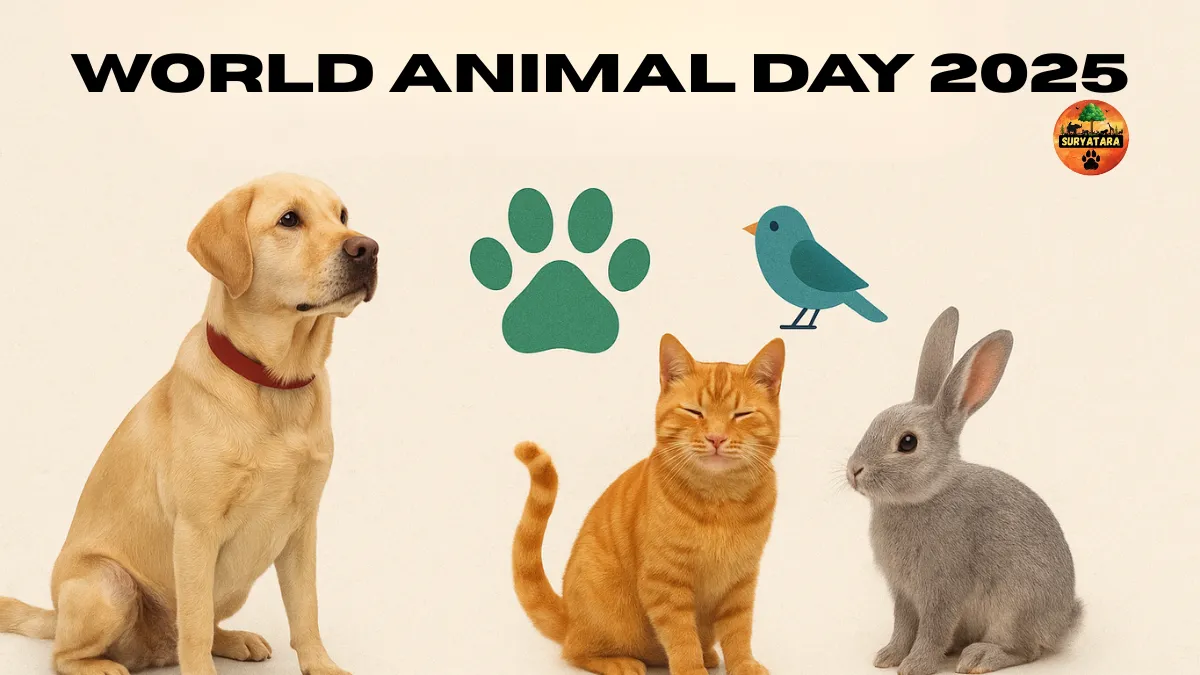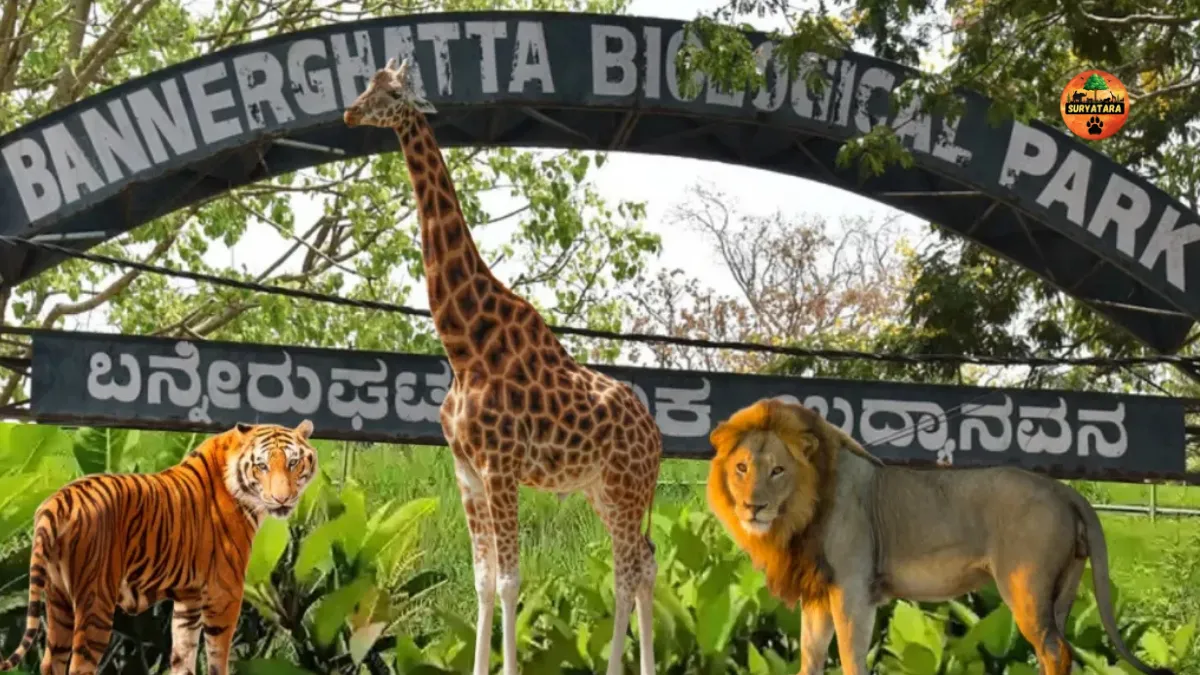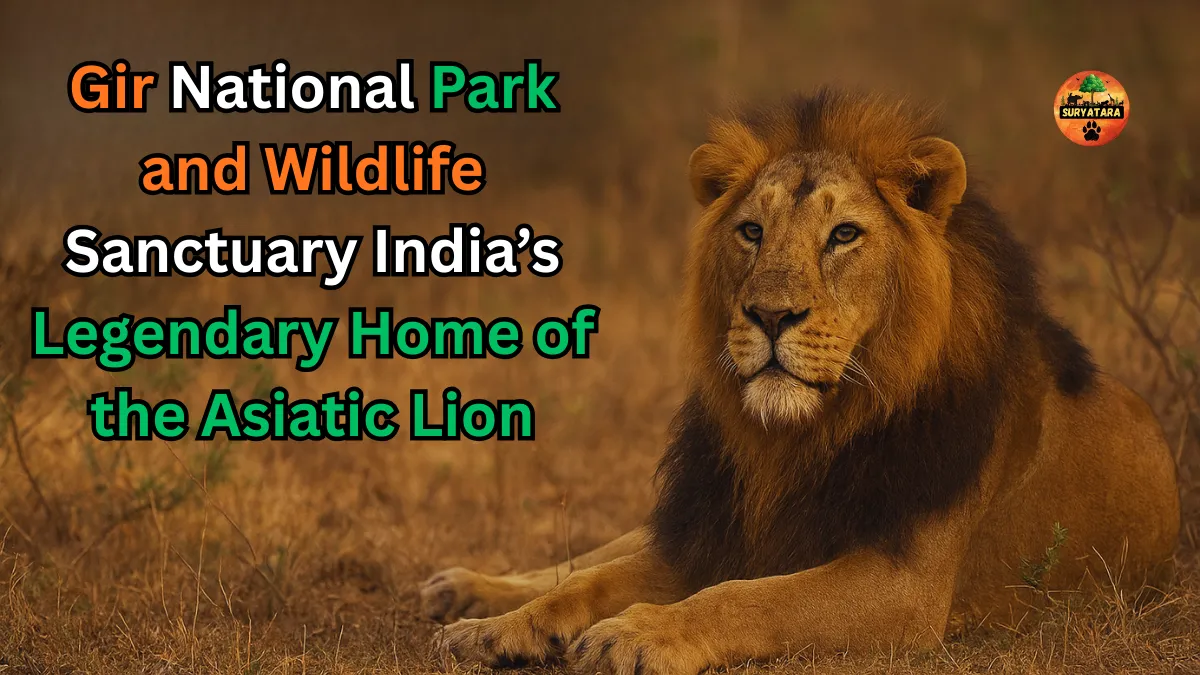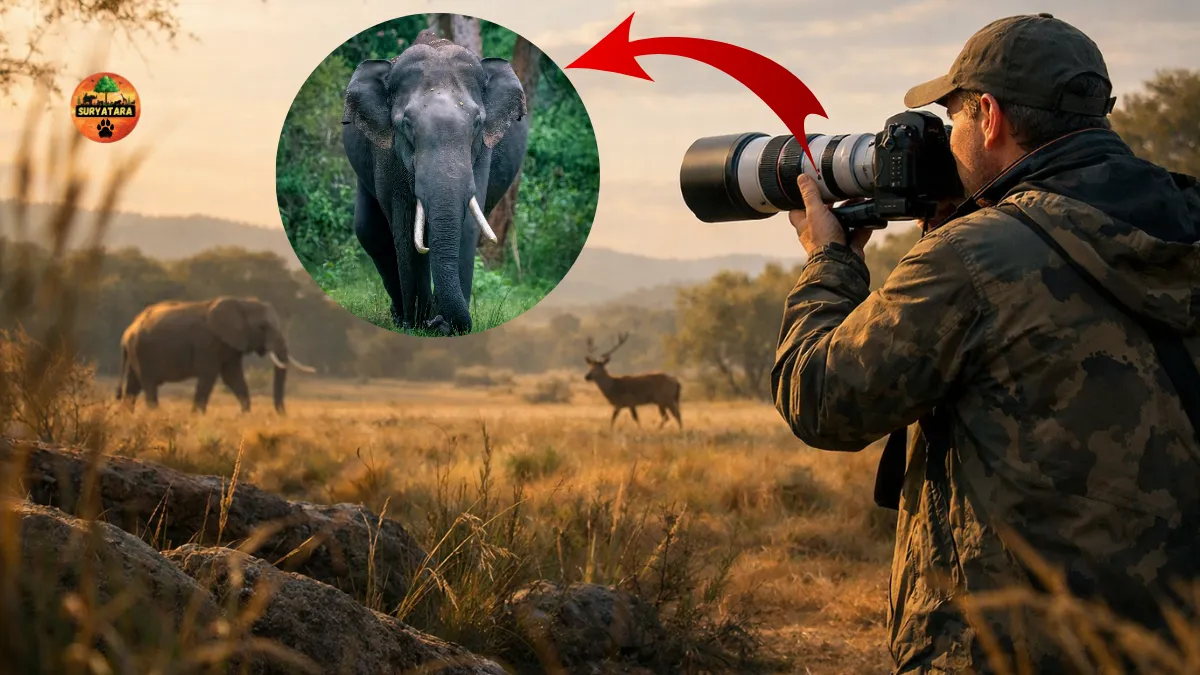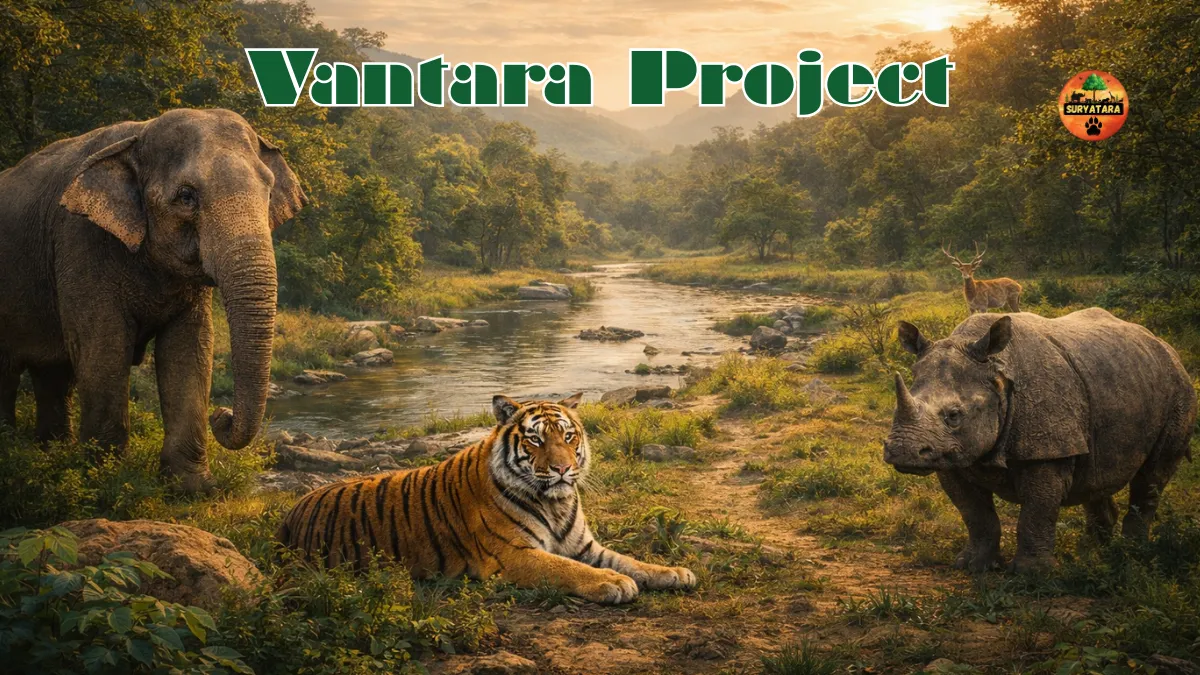World Animal Day is celebrated every year on October 4th to honor and protect animals worldwide. It is a powerful reminder that animals are sentient beings who deserve love, compassion, and care. This international day unites animal lovers, organizations, governments, and communities in a shared mission—creating a safer and kinder world for all living creatures.
In today’s world, where animals face multiple challenges such as habitat loss, climate change, illegal hunting, and industrial exploitation, World Animal Welfare Day has become more significant than ever. By recognizing this day, we not only celebrate our connection with animals but also spread awareness about the urgent need to protect their rights and welfare.
Why World Animal Day Matters
Animals are essential to the health of our planet. They help maintain ecological balance, provide companionship, and even support economic systems in agriculture and tourism. Unfortunately, millions of animals are subjected to cruelty, neglect, and exploitation every year. From puppy mills to factory farming, and from wildlife trafficking to laboratory testing, the threats are vast and urgent.
World Animal Day matters because it:
- Reminds people of their moral responsibility toward animals.
- Encourages communities to adopt humane practices in daily life.
- Promotes stronger animal protection laws globally.
- Unites activists, NGOs, and citizens in a common cause.
By spreading awareness, this day gives a voice to the voiceless and helps prevent needless suffering.
History of World Animal Day
The origin of World Animal Day goes back to 1931, when it was first observed at a convention of ecologists in Florence, Italy. Initially, it was focused on raising awareness about endangered species. However, over time, the scope widened to include all animals—domestic, farm, and wild.
The choice of October 4th is symbolic because it marks the feast day of Saint Francis of Assisi, the patron saint of animals and the environment. Saint Francis was known for his compassion toward all living creatures and believed that animals were part of God’s creation, deserving respect and love.
Since then, the day has grown into a global movement celebrated in over 70 countries, from Europe to Asia, Africa, and the Americas.
Objectives of World Animal Day
The day is not just ceremonial. It has practical goals that continue to shape animal welfare movements around the world:
- Raise Awareness: Spread knowledge about animal rights and welfare issues.
- Encourage Action: Motivate individuals to take steps like adopting instead of buying pets or supporting cruelty-free products.
- Promote Legal Protection: Strengthen animal welfare laws and their enforcement.
- Conservation Efforts: Highlight endangered species and promote sustainable coexistence.
- Global Solidarity: Unite people from diverse cultures under one cause—animal protection.
Global Participation and Activities
Each year, World Animal Day is marked with a variety of initiatives. Organizations, schools, governments, and communities organize activities such as:
- Pet adoption drives to provide shelter animals with safe homes.
- Free veterinary check-up camps for street and farm animals.
- Educational programs in schools and colleges to instill empathy in the younger generation.
- Awareness marches and rallies to promote cruelty-free living.
- Social media campaigns using hashtags like #WorldAnimalDay to reach millions globally.
- Wildlife conservation events focusing on habitat restoration and anti-poaching drives.
Table: Key Facts About World Animal Day
| Aspect | Details |
|---|---|
| Date | October 4 every year |
| Started In | 1931, Florence, Italy |
| Significance | Promotes animal rights, welfare, and humane treatment |
| Symbolic Connection | Feast day of Saint Francis of Assisi (Patron saint of animals) |
| Global Reach | Celebrated in 70+ countries |
| Activities | Adoption drives, awareness programs, rescue operations, conservation |
Animal Welfare Laws Around the World
One of the most important aspects of World Animal Day is encouraging governments to strengthen animal protection laws. Different countries have taken various approaches:
- India – The Prevention of Cruelty to Animals Act, 1960 is a landmark law, though activists are pushing for stricter penalties and updated provisions.
- United States – The Animal Welfare Act (1966) regulates the treatment of animals in research, exhibition, and transport. Additionally, many states have their own animal protection laws.
- European Union – The EU has some of the strongest welfare laws, banning cosmetics testing on animals and ensuring better treatment for farm animals.
- Australia – Known for strict laws regarding companion animals and agricultural practices, with enforcement varying by state.
- China – Though historically criticized for weak protections, China has been making progress in banning wildlife trade and promoting animal welfare education.
By comparing global practices, we see a growing trend toward more compassionate treatment of animals.
Also read: Vantara: A Global Model for Animal Welfare and Conservation
Role of NGOs and Organizations
Numerous organizations play a vital role in making World Animal Day impactful. Some leading groups include:
- World Animal Protection – Works globally to improve the welfare of wild and farm animals.
- PETA (People for the Ethical Treatment of Animals) – Known for campaigns against animal cruelty in industries.
- WWF (World Wide Fund for Nature) – Focuses on wildlife conservation and habitat protection.
- The Humane Society International – Advocates for animals in research, farming, and communities.
- Local NGOs and Shelters – Grassroots groups worldwide run adoption programs, rescue operations, and awareness events.
Their combined efforts ensure that awareness translates into real change for animals.
How Individuals Can Contribute on World Animal Day
You don’t have to be part of a big organization to make a difference. Every individual can contribute meaningfully. Here are some ways:
- Adopt, Don’t Shop: Give shelter animals a loving home instead of buying pets from breeders.
- Donate to NGOs: Even small contributions can fund food, medicine, and rescue operations.
- Support Cruelty-Free Brands: Choose cosmetics, clothing, and products that are not tested on animals.
- Be a Responsible Pet Owner: Provide proper food, shelter, healthcare, and love.
- Volunteer: Spend time at local shelters or wildlife rescue centers.
- Educate Others: Share information about animal rights with friends, family, and on social media.
- Plant Trees and Protect Habitats: A simple yet powerful step toward saving wildlife.
Also read: What is Vantara Ambani? Inside Anant Ambani’s Wildlife Rescue and Rehabilitation Initiative
Case Studies: Success Stories from World Animal Day
To understand its real impact, here are a few global examples:
- India: Several cities have organized large-scale vaccination drives for stray dogs on October 4, reducing the spread of rabies and improving street animal health.
- Kenya: Conservationists used the day to highlight anti-poaching campaigns that saved elephants and rhinos.
- United Kingdom: Schools organized creative events like “Animal Welfare Week” to teach students empathy and kindness toward pets and wildlife.
- Australia: Adoption drives on World Animal Welfare Day helped thousands of abandoned pets find permanent homes.
These success stories prove that collective efforts can bring about tangible change.
Also read: Vantara India Sets a Global Benchmark in Wildlife Conservation
The Future of Animal Rights and World Animal Day
As global awareness grows, the movement for animal rights is entering a new era. Future trends include:
- Stricter Animal Protection Laws: Governments are being pressured to update outdated legislation.
- Cruelty-Free Alternatives: Innovations in lab-grown meat and cruelty-free testing methods are reducing animal suffering.
- Eco-Friendly Tourism: Sustainable travel that respects wildlife is gaining momentum.
- Digital Advocacy: Social media continues to amplify the voices of animal activists.
- Education at Grassroots Levels: Building compassion in children ensures a future generation that cares for animals.
World Animal Welfare Day is expected to grow even bigger, evolving into a central event that drives global change for animals.
Why World Animal Welfare Day Is More Relevant Than Ever
With environmental crises, urbanization, and industrial exploitation, animals face new threats every day. World Animal Day reminds us that protecting animals is not just about kindness—it’s about ensuring the survival of ecosystems and humanity itself.
When we protect animals, we protect biodiversity, climate stability, and even food security. It is not a matter of choice but of necessity.
Conclusion
World Animal Day is much more than an annual observance—it is a call to action. By recognizing the struggles animals face and contributing in whatever ways we can, we take steps toward building a humane and sustainable planet. From adopting pets and supporting NGOs to advocating for stronger laws, every effort counts.
Animals give us unconditional love, enrich ecosystems, and make the Earth more vibrant. It is our duty to return the favor by ensuring their welfare. As October 4 approaches each year, let’s not just celebrate World Animal Day—let’s live by its message every day.
